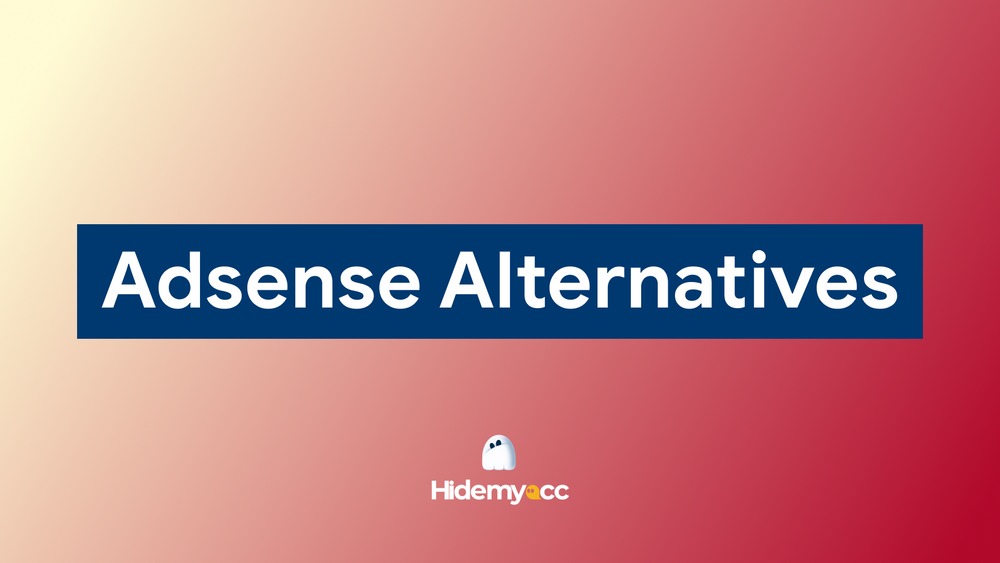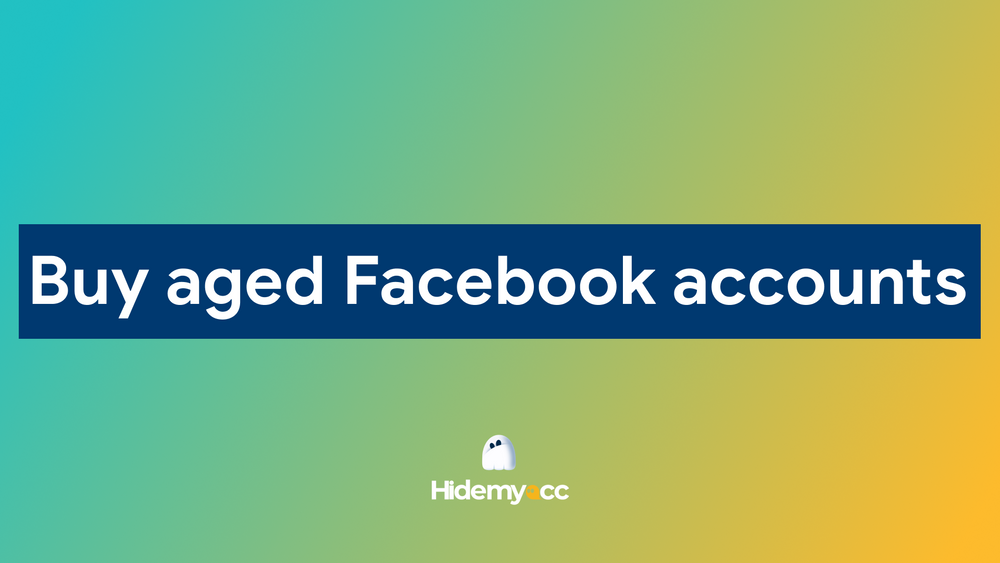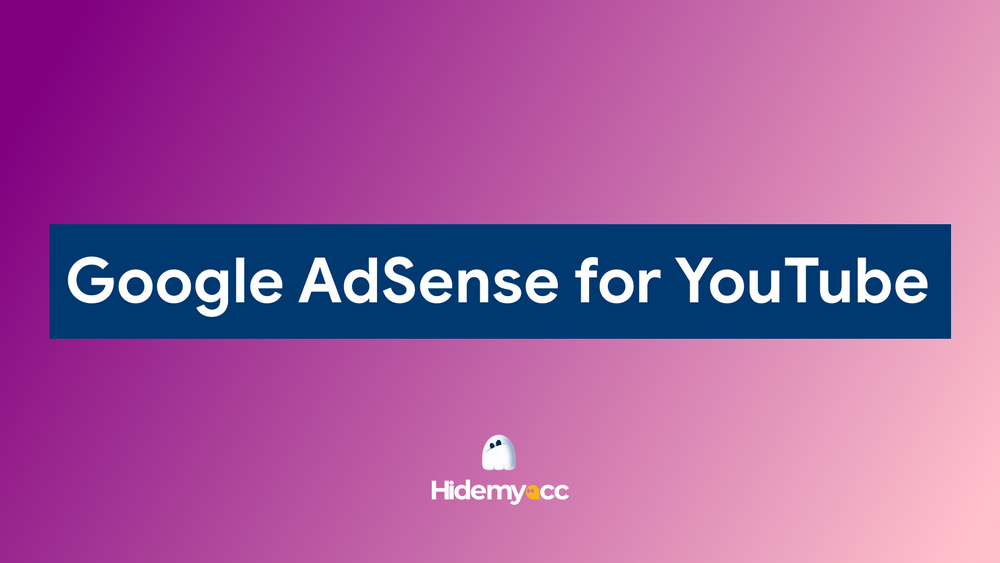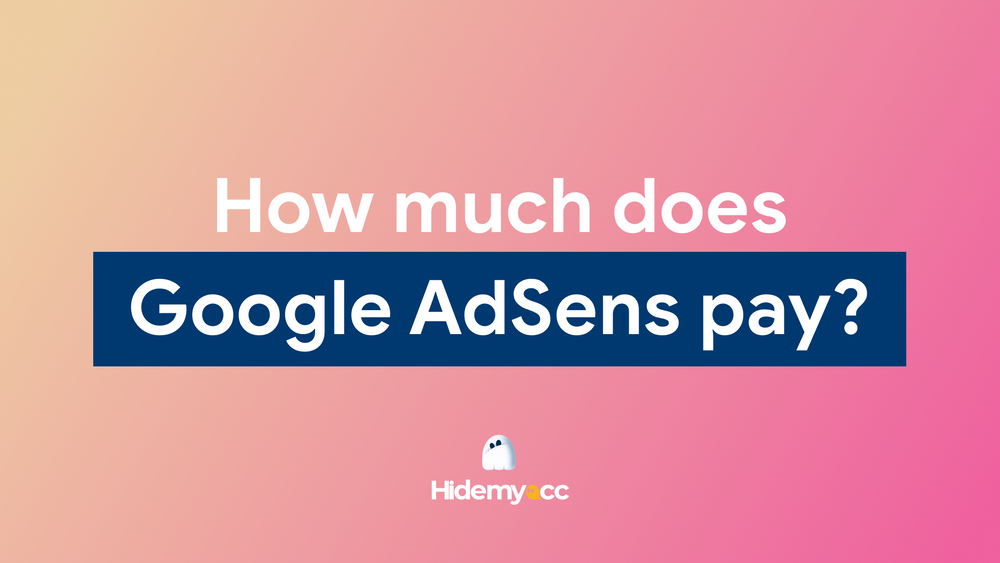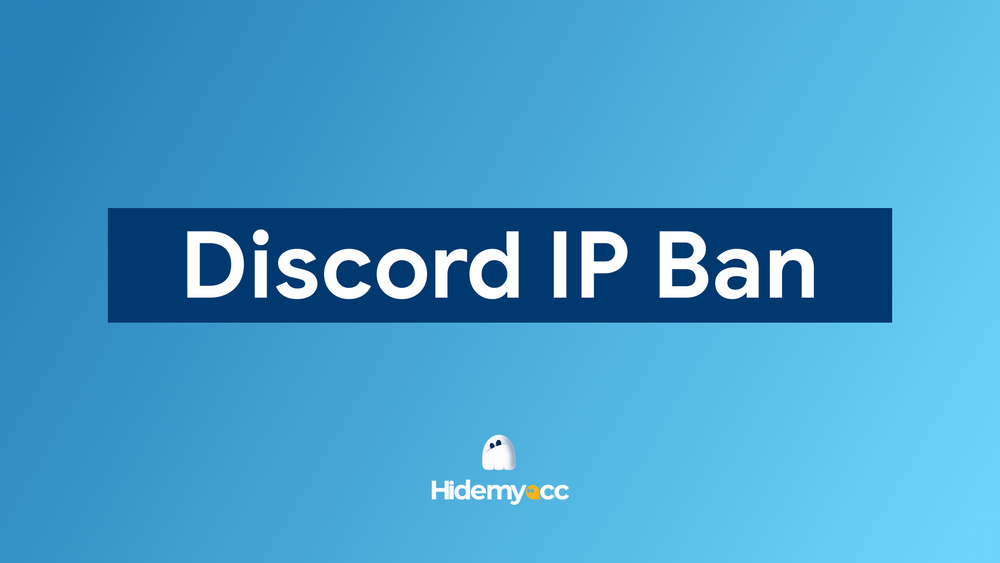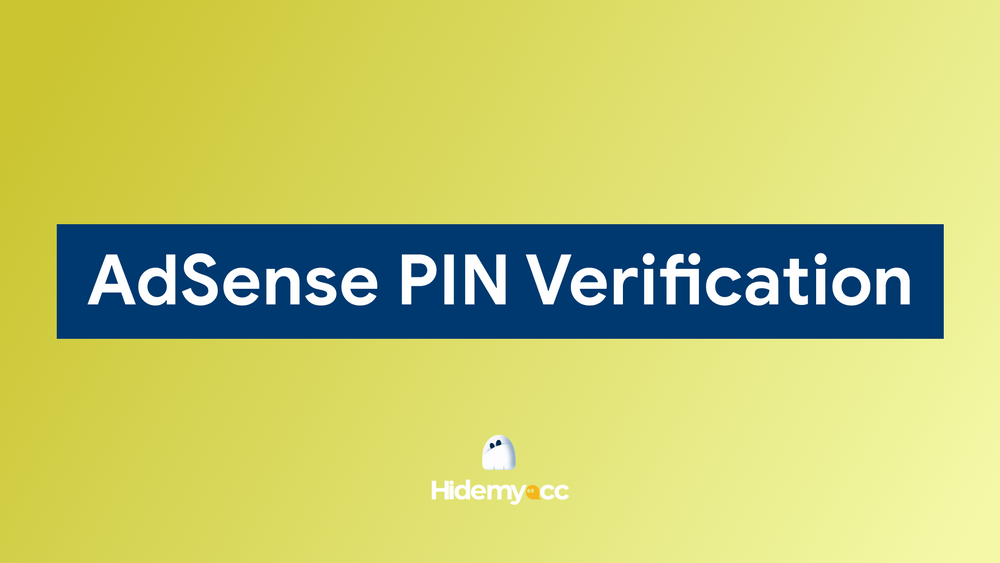Shadow banning is when your posts are hidden or limited in reach without any official notice. You keep publishing, but your audience stops seeing your content, and engagement drops sharply. This silent restriction is used by platforms like Instagram, TikTok, Facebook, and more. In this guide, you’ll learn exactly what shadow banning is, how to detect it, and the proven steps to recover your visibility quickly.
1. What is shadow banning?
Imagine posting something online like you usually do. But this time, no one reacts. No comments. No likes. Nothing. It’s like your content is invisible, yet your account still looks fine. That’s the strange, silent effect of shadow banning.
Shadow banning is when a platform limits the visibility of your content without notifying you. You're not blocked or banned outright, but your posts may stop appearing in hashtags, feeds, or search results. To the outside world, it’s like your voice has been muted.
This tactic is often used to reduce spam, misinformation, or policy violations while avoiding public backlash. Unfortunately, it also leaves many creators confused, frustrated, and unsure of what they did wrong.
2. Why do platforms shadow ban users in the first place?
Social platforms are constantly managing huge volumes of content. To keep the experience safe and enjoyable, they use moderation tools to filter out spam, bots, and rule breakers. Shadow banning is one of those tools.
Here are a few reasons your account might get shadow banned:
- Spammy behavior: Posting too frequently in a short time, copying and pasting the same message repeatedly, or aggressively following/unfollowing users.
- Using banned or sensitive hashtags: Some hashtags are restricted because they attract inappropriate or misleading content.
- Policy violations: Sharing misleading, adult, or harmful content, even unintentionally, can trigger penalties.
- Automation tools: Using bots or third-party services to gain likes, followers, or views may violate terms of service.
- Creating too many accounts from the same device or IP: Creating multiple accounts from the same device or IP can raise red flags, especially if they behave in similar or coordinated ways
Shadow banning allows platforms to limit problematic content without escalating to a full suspension. It's a silent warning, a kind of digital timeout.
3. How can you tell if you’ve been shadow banned?
Unlike regular bans, shadow banning comes without notification. But there are signs you can look for:
- Engagement drops sharply: If your usual posts get hundreds of views or likes and suddenly drop to near zero, something's up.
- No exposure from hashtags: Post a photo with trending hashtags and ask a friend (who doesn’t follow you) to search for it. If they can’t find it, your post might be hidden.
- Search invisibility: Your username or recent content doesn’t show up in platform searches.
- No replies or interactions: Especially on platforms like X (formerly Twitter), shadow banning can block replies from showing in threads.
On X, some accounts receive a visible warning or "label" when flagged for platform manipulation. While not all shadow bans are visible, this label may indicate limited reach, exclusion from replies, trends, or notifications.
If you notice several of these symptoms together, you might be experiencing shadow banning. Try testing multiple accounts or tools that track engagement patterns.
4. What does shadow banning look like on each major platform?
Shadow banning isn't the same across platforms. Each uses different rules and detection systems. Here's what to know:
4.1. Instagram
Instagram shadow bans often show up as reduced reach, especially from hashtags. If your content violates community guidelines or uses flagged tags, your posts may stop appearing in the Explore tab or search. Instagram denies using shadow banning, but many users experience lower visibility without explanation.
This article explains Instagram shadowban in detail. You can access it from this link.
4.2. TikTok
TikTok's algorithm is sensitive to repeated content, overused sounds, or rule-breaking behavior. If you're shadowbanned, your videos might not reach the "For You" page. You might still get views from followers, but new audience growth stalls. Specifically about TikTok shadowban and how to prevent it, please see details in the attached article.
4.3. X (Twitter)
X applies visibility filtering to tweets that violate their rules. Your tweets might stop showing up in search, replies might be hidden from conversations, or your account may be "deboosted" in recommendations. Read this post tho know more about X shadowban - Shadowbanned Twitter: How to tell and What to do next
4.4. YouTube
On YouTube, shadow banning isn't official, but some creators report sudden drops in impressions or their videos being excluded from suggested content. This usually happens if a channel skirts the edge of policy violations, especially around sensitive topics.
4.5. Facebook
Facebook can limit post reach if content is reported, violates guidelines, or triggers spam filters. Posts may not appear in news feeds, even for followers. Group posts might be hidden from members without any warning. Facebook doesn't call it "shadow banning," but the impact is similar.
Learn more about Facebook Ads account bans and how to avoid them.
4.6. Reddit
On Reddit, shadow banning often occurs at the account level. If you break subreddit rules or post spammy content, your posts may become invisible to others while still appearing normal to you. Reddit moderators can also silently mute users.
4.7. Quora
Quora uses moderation filters that can limit answer visibility if flagged for quality, tone, or suspected promotion. Users may find their answers buried or hidden without explanation. Overposting, keyword stuffing, or linking too much can lead to reduced visibility.
5. What can you do to recover from a shadow ban?
Being shadowbanned can feel helpless, but recovery is possible. Here's a step-by-step approach:
- Audit your recent posts: Look at your last few posts. Did you use banned hashtags? Share borderline content? Mention controversial topics?
- Delete or archive questionable content: If anything might have triggered the ban, remove it.
- Take a short break: Stop posting for a few days. Many users report bans lifting after 3–7 days of inactivity.
- Switch to manual actions: If you’ve been using automation or schedulers, go back to manual posting.
- Report the issue: Some platforms allow you to appeal or report problems. Be polite, clear, and professional.
Patience is key. Most shadow bans are temporary and will lift if your account stays within community guidelines.
6. How can you avoid getting shadow banned again?
Preventing shadow banning is about building healthy habits with your account. Here’s what helps:
- Don’t over-post: Give your audience time to engage with your content.
- Use hashtags carefully: Check that your hashtags aren’t restricted. Don’t repeat the same set in every post.
- Avoid spam tactics: Don’t use bots or mass-DM strangers.
- Stay original: Reposting viral content or copying trends without adding value might trigger algorithmic penalties.
- Follow platform rules: It sounds obvious, but each platform updates their policies often. Keep up.
- Use clean environments to manage accounts: Creating and running accounts in isolated, fingerprint-safe environments helps prevent detection and lowers the risk of shadow banning.
Avoiding shadow banning is ultimately about earning the platform’s trust over time. Stick to clear, consistent practices and always prioritize long-term authenticity over quick growth.
7. Managing multiple accounts safely without triggering shadow bans
For users who manage multiple accounts across different platforms - whether for business, marketing or content creation, avoiding shadow bans becomes even more challenging. Using the same browser profile, IP address or device fingerprint repeatedly can signal suspicious behavior to moderation systems.
This is where a tool like Hidemyacc can help. It allows you to create fully isolated browser environments for each account, complete with customizable fingerprints and proxy settings. That way, every account appears as if it comes from a different user and location. It’s a smarter, safer way to scale operations without tripping automated filters.
Whether you're growing a brand, running client campaigns or testing content across regions, Hidemyacc gives you the control needed to stay compliant and invisible to moderation triggers.
That said, using clean environments only solves part of the problem. Most shadow banning issues come from how users behave online - not just where they log in from. To truly avoid shadow bans, you need to combine safe environments with thoughtful, guideline-friendly content and consistent, authentic activity across all your accounts.
8. Conclusion
Shadow banning is a real concern for content creators, marketers, and anyone trying to build an online presence. It can silently limit your visibility and engagement without clear warnings or explanations.
To reduce the risk, especially when managing multiple accounts across platforms, consider using tools like Hidemyacc. It helps create clean, isolated browser environments for each account, making your activity appear natural and distinct.
By staying consistent, following platform guidelines, and using the right tools to manage your presence, you can avoid common moderation triggers and stay visible to your audience.
9. FAQ
1. How do I know if I am shadowbanned?
Watch for a sudden drop in reach or engagement, especially when using hashtags. Test visibility with another account to confirm.2. How do I stop the shadow ban?
Pause posting, remove any flagged content, and avoid using automation tools. Return to normal activity gradually.3. How long does a shadow ban last?
Typically, it lasts anywhere from 3 days to 2 weeks, depending on the platform and behavior.4. What is shadowban in Instagram?
Instagram shadow banning hides your posts from hashtag pages and Explore. It usually results from violating community guidelines or using restricted tags.5. Can you get unshadowbanned?
Yes. Follow community rules, stop posting for a short while, and let the algorithm reset your status.6. What should I do if I am shadowbanned?
Audit recent posts, take a break, remove risky content, and contact support if available.7. Why am I being shadow banned?
You may have triggered spam filters, violated content rules, or used banned tools. Review platform policies carefully.8. Is shadowban real on YouTube?
While not confirmed by YouTube, many creators report content being quietly suppressed. It’s likely algorithm-based deboosting.
